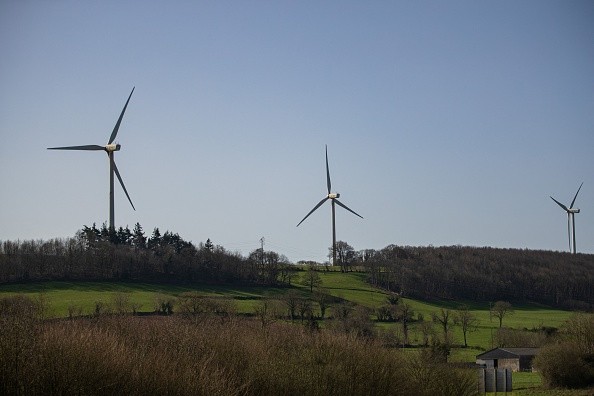According to a recent study by Rice University engineers, Texas may serve as an example for the rest of the country in terms of efficiently replacing coal with solar and wind power for the nation's energy requirements while fulfilling environmental requirements.
The new research, led by environmental scientist Daniel Cohan and senior computer programming major Richard Morse of Rice's George R. Brown School of Engineering, employs optimization modeling to identify the most cost-effective configurations of suggested solar and wind power projects with the ability to change coal-fired energy production in Texas.
Texas' Struggle on renewable energy

Simply said, it's not always windy and not always sunny throughout Texas, but it's usually always windy or sunny someplace in Texas, according to the authors of the article, which appears in the journal Renewables: Wind, Water, and Solar, as per ScienceDaily.
Cohan believed that wind and solar might replace virtually all coal output, particularly if wind and solar plants are located in areas with complementing output.
The new publication expanded on a previous study from his lab published in 2018.
According to Cohan, an associate professor of civil and environmental engineering, "this research is basically about how we can transition away from coal as rapidly as feasible."
Texas still burns the most coal and emits the most sulfur dioxide and other pollutants of any state.
Most large Texas coal facilities shuttered in 2018, and the majority of the remaining units have been operating at or near capacity, including interruptions during the February 2021 freeze.
According to the team's study, just one-third of the wind and solar initiatives presented to the Electric Regulatory Council of Texas by June 2020 could replace nearly all of the state's coal power.
Hundreds of these projects have been completed since June 2020, and the pipeline of prospective solar projects has more than quadrupled.
Cohan stated that natural gas would remain crucial to Texas' energy stability in the short future, particularly while ERCOT strives to recover from the 2021 freeze.
However, he claimed that complementing wind and solar farm siting can minimize the requirement for natural gas and storage while eliminating the need for coal.
According to the study, wind energy from West Texas tends to peak overnight, whereas wind energy throughout South Texas peaks with ocean breezes on summer afternoons and nights.
These additional sources, when combined with daylight sun, can cover the majority, but not all, of the year.
Benefits of renewable energy
Global warming will be reduced.
Carbon dioxide and other production of the greenhouse gases are being emitted into our atmosphere as a result of human activities.
These gases behave like a blanket, absorbing heat.
As a response, there is a web of substantial and negative consequences, ranging from bigger, more frequent storms to drought, sea-level rise, and ecosystem collapse.
Our electrical industry accounts for around 29% of global warming emissions in the United States.
The majority of these pollutants are caused by energy sources such as coal and natural gas.
Better public health
The air and water pollution released by coal and natural gas facilities has been related to respiratory issues, neurological impairment, heart attacks, cancer, early mortality, and a slew of other major issues.
Pollution impacts everyone, according to one Harvard University research, the life cycle costs and public effects on health to coal are projected to be $74.6 billion per year.
This equates to 4.36 cents per kilowatt-hour of energy generated, which is around one-third of the average power rate for just a standard US home.
The majority of these negative health effects are caused by air and water pollution, which clean energy solutions do not create.
Wind, solar, and hydropower technologies create electricity while emitting no pollutants into the atmosphere.
Although geothermal and biomass systems release some air pollutants, overall air emissions are significantly lower than those of coal and natural gas-fired power stations.
© 2026 NatureWorldNews.com All rights reserved. Do not reproduce without permission.





